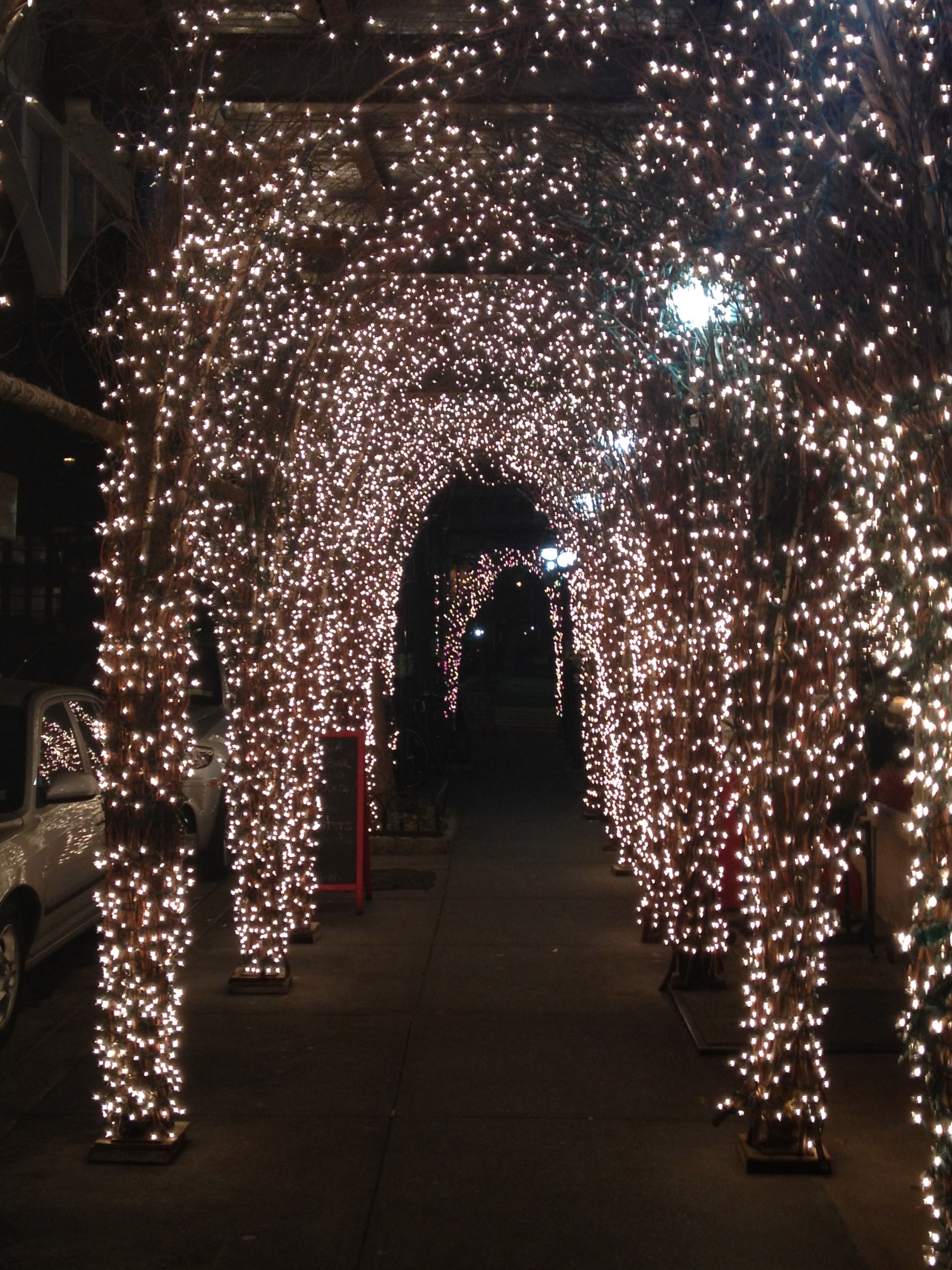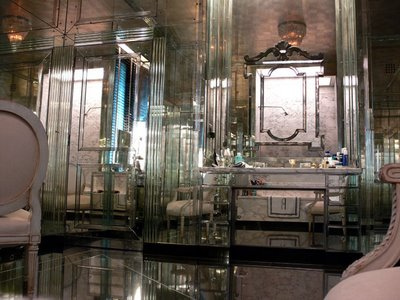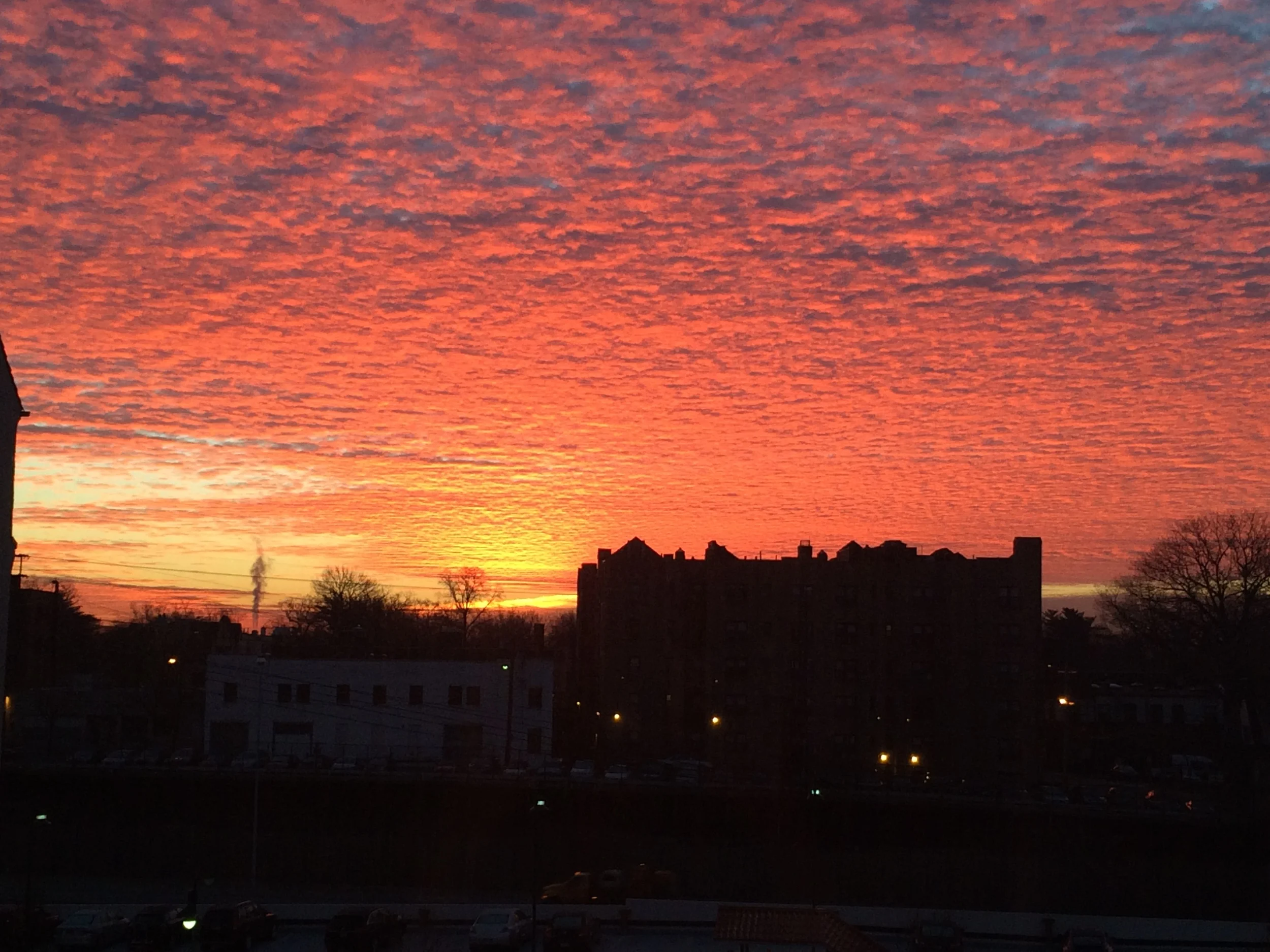



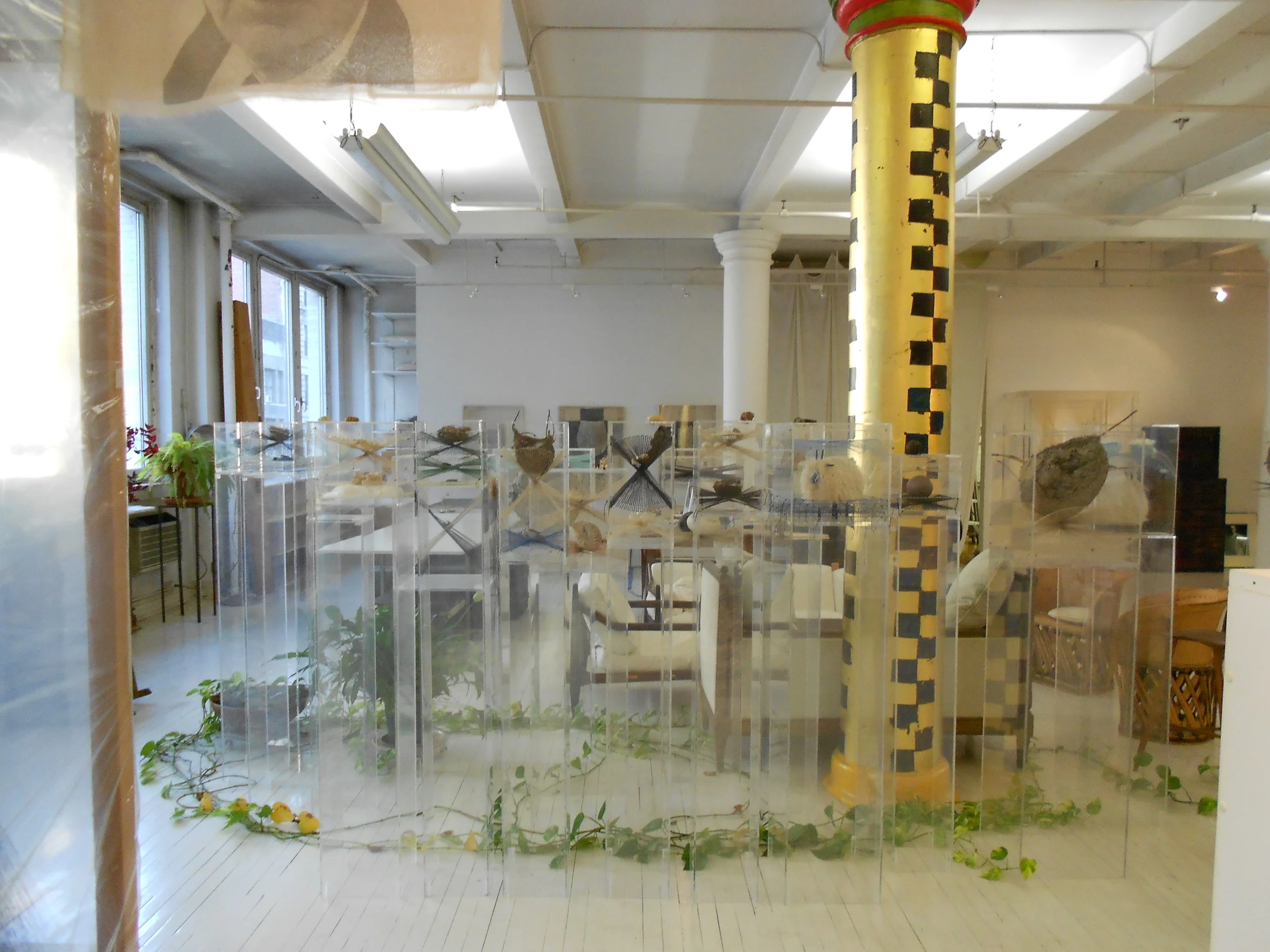
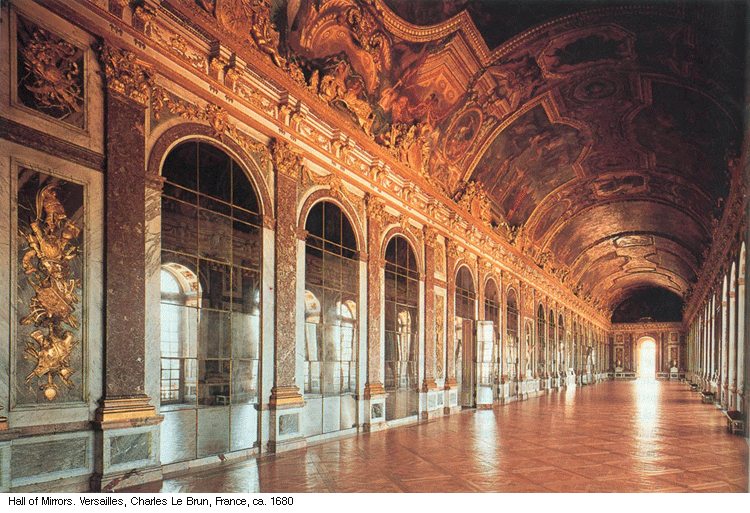

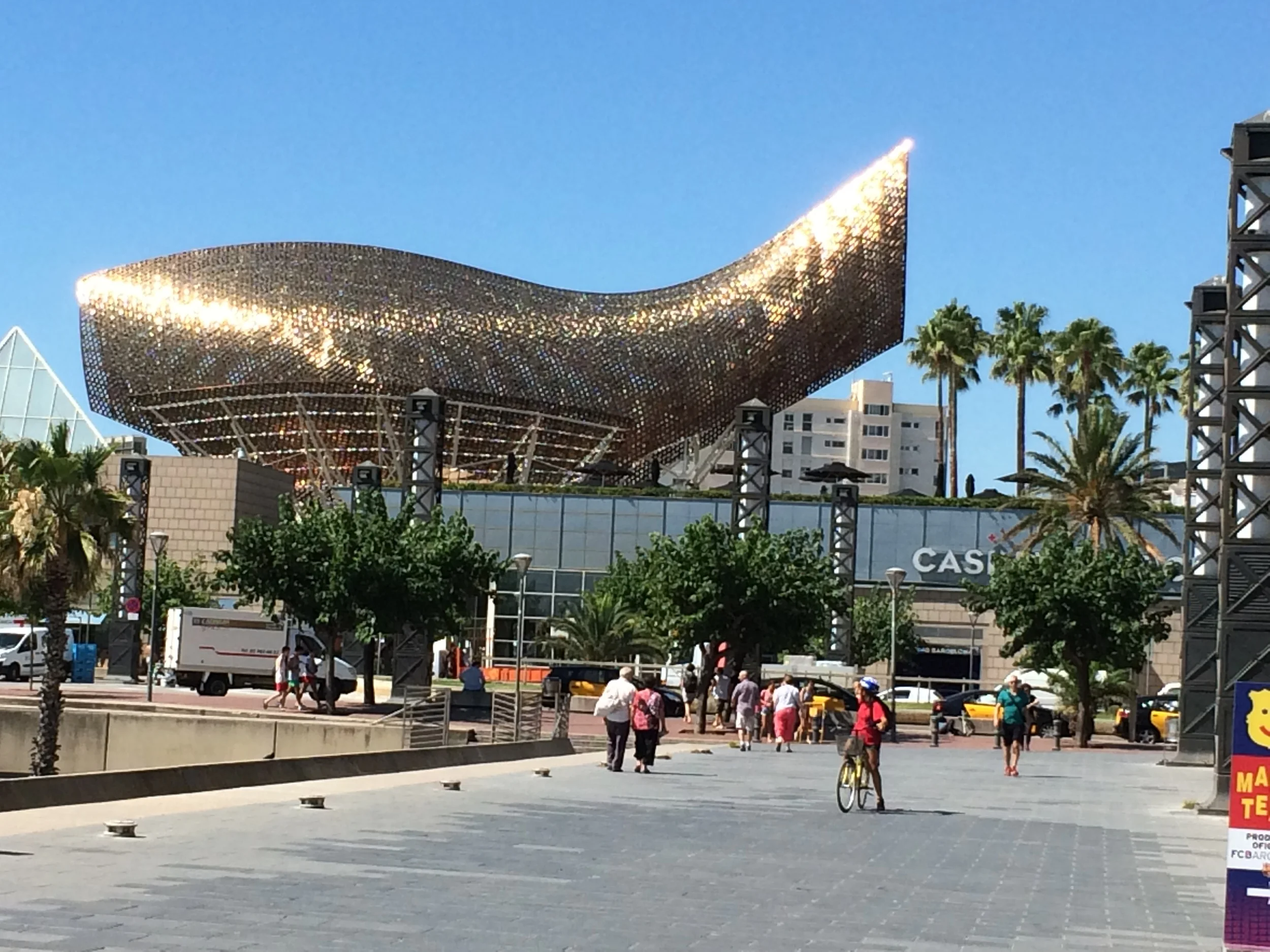
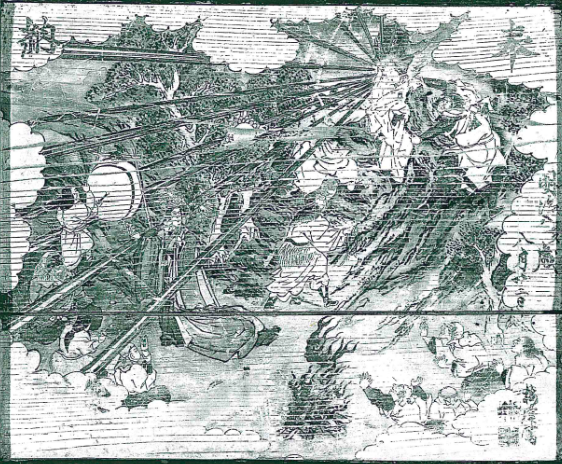

Sunrise in the east sky ablaze with color
Sunrise in the East
Sunrise in the east sky ablaze with color
Sunrise in the East

Moonrise over the Crysler Building
Moonrise over the Crysler Building
Moonrise over the Crysler Building
Moonrise over the Crysler Building

Sunset in the Rye Marshlands
Lighting is a simple, cheap way that anyone can improve a home, since not everyone can afford an interior designer.
Champion Platt Interior Designer and Architect
Sunset in the Rye Marshlands
Lighting is a simple, cheap way that anyone can improve a home, since not everyone can afford an interior designer.
Champion Platt Interior Designer and Architect
light illuminates
It guides us through our space and although not as tangibly felt as an object, it is the glue that holds the room together.
Light should be considered from the get-go. If not taken into account from the beginning, it will be the downfall of what is likely a costly interior design project. It doesn’t matter how beautifully a room is decorated, or how expensive our precious objects are, if the light is not shinning on and caressing our objects, all the hard work we put into creating the room of our dreams is for naught. Light and how it falls upon our surroundings is the dealmaker or breaker.
light illuminates
ILLUMINATION
light illuminates
ILLUMINATION
Wouldn't we all like our rooms to glow from within? We can start to make this happen by familiarizing ourselves with the many types of lighting; task, overhead, ambient, dimmers and mood lighting. By doing so, we come to appreciate the practical makeup of lighting as well as it’s inner, effervescent glow.
A good way to start is by making notes on each room’s natural light source. Then consider each of the room’s functions. Are they playing mixed use? List the tasks being performed in each.
Is the daylight enough to illuminate your task? What about evenings and overcast days? Is a desk or table lamp needed for task lighting?
Keep a floor plan in a binder or on an iPad to show where window openings are and jot notes of each room’s light source and its placement. Keeping this with other notes on lighting and tear sheets you selected showing what lighting you prefer.
Once the practical is worked out, the fun begins - to see how to bring a glamour, mystery, and a dose of elegance to each room.

Richard Kelly lights up Phillip Johnson's glass house in Connecticut.
Richard Kelly a lighting expert from the 1950’s was honored with a retrospective at AIA chapter in Manhattan that I visited again and again. I was intrigued by the scope of his work in the early days of electrical light. He worked side by side with many world renowned architects who were in the process of building their careers with our first NY skyscrapers: I.M. Pei, Mies van der Rohe, Louis Kahn and Phillip Johnson. Richard Kelly descriptively and with loads of adjective broke down 3 main types of lighting.
Focal Glow Light focuses on a point or area. It “is the campfire…the limelight…the sunburst through the clouds…the pool of light at your favorite reading chair. Focal Glow separates the important from the unimportant, establishes precedence, can induce movement, control and direct traffic.”
(Notes from lighting class with the lighting designer Hefferan at F.I.T. from the 1980’s).
Richard Kelly lights up Phillip Johnson's glass house in Connecticut.
Richard Kelly a lighting expert from the 1950’s was honored with a retrospective at AIA chapter in Manhattan that I visited again and again. I was intrigued by the scope of his work in the early days of electrical light. He worked side by side with many world renowned architects who were in the process of building their careers with our first NY skyscrapers: I.M. Pei, Mies van der Rohe, Louis Kahn and Phillip Johnson. Richard Kelly descriptively and with loads of adjective broke down 3 main types of lighting.
Focal Glow Light focuses on a point or area. It “is the campfire…the limelight…the sunburst through the clouds…the pool of light at your favorite reading chair. Focal Glow separates the important from the unimportant, establishes precedence, can induce movement, control and direct traffic.”
(Notes from lighting class with the lighting designer Hefferan at F.I.T. from the 1980’s).
Richard Kelly on lighting Phillip Johnson’s Glass House in New Canaan, Connecticut. Photo/ArchDaily Richard Kelly
examples of focal lighting
Uplights + Downlights in a kitchen I remodeled. By retaining most of the existing fixtures and concentrating on changing the lighting and painting the walls and inside the cabinets, I was able to get a lot of bang for the buck.
The architect Tadao Ando designed the Church of the Light for a congregation in Osaka, Japan. As a metaphor for transcendence he makes fine use of Illumination + Shadow. The cross, emanating the light, is the focal point. What a simple and brilliant solution!

Ambient light Lenore Tawney's gold column in loft space
Kelly describes Ambient Luminescence as the diffused light, “a snowy morning in open country, the light in a white tent at noon. It is all that we sense of indirect lighting…it dematerializes…it fills people with a sense of freedom of space and can suggest infinity.”
_
A GOLD COLUMN punctuates an otherwise evenly lit loft. The loft's original florescent industrial fixtures were flipped up to give an even light. The down lights were originally used when the building housed manufacturing.
(Lenore Tawney's loft NYC)
Ambient light Lenore Tawney's gold column in loft space
Kelly describes Ambient Luminescence as the diffused light, “a snowy morning in open country, the light in a white tent at noon. It is all that we sense of indirect lighting…it dematerializes…it fills people with a sense of freedom of space and can suggest infinity.”
_
A GOLD COLUMN punctuates an otherwise evenly lit loft. The loft's original florescent industrial fixtures were flipped up to give an even light. The down lights were originally used when the building housed manufacturing.
(Lenore Tawney's loft NYC)
Elsie de Wolfe a pioneer of Interior Design in America, talked about the importance of bringing “….mirrors and sunshine in all rooms.” She layered 2 mirrors above the fireplace to reflect back to us, the viewer, multiple images.
Ginkakuji Kyoto, Japan During snowy season an all over ambient light is interrupted by the stark reality of the Golden Pavilion. The pavilion is wrapped in gold leaf and doubly reflects its image onto the body of water below it.

Play of Brilliants Richard Kelly Hall of Mirrors, France
Play of Brilliants is what Richard Kelly explains as the light which is reflected back from a surface. “a cache of diamonds…or the Versailles or Iranian Hall of Mirrors with its thousands of candle flames—a ballroom of crystal chandeliers. It excites the optic nerves…stimulates the body and spirit and charms the senses…It can be distracting or it can be entertaining.”
Hall of Mirrors, France
Play of Brilliants Richard Kelly Hall of Mirrors, France
Play of Brilliants is what Richard Kelly explains as the light which is reflected back from a surface. “a cache of diamonds…or the Versailles or Iranian Hall of Mirrors with its thousands of candle flames—a ballroom of crystal chandeliers. It excites the optic nerves…stimulates the body and spirit and charms the senses…It can be distracting or it can be entertaining.”
Hall of Mirrors, France
Objects dancing in the light
Hall of Mirrors Tehran
Arc of lights taking over a street in the West Village, NYC for the holidays.
Here is a link to an article from Arch Daily to give us many visual examples of Kelly’s work.
If you would like to dig a little further, here is another link to an “enlightening” TED talk given by Rogier van der Heide that supports Kelly's ideas with visuals.
Multiple lights
MANY REFLECTIONS
Multiple lights
MANY REFLECTIONS
Multiple types of lighting are often employed in the same room to accommodate cloudy or sunny days, the change of daylight that evolves into night, or season shifts. It seems that when the sun brings us it’s gift of ambient light, focal and brilliant light recedes.
MANY REFLECTIONS are going on simultaneously in this interior residence Miles Redd created for Frances Elkins. Let us count the ways: bronze, crystal candle sticks, Swarovski crystal, chandeliers, stained glass, the fireplace and cove lighting. Why doesn't it blow us away? Because the designer wisely kept to a monochromatic/colorless palette.
Caspary Auditorium Rockefeller University
A concert hall needs one kind of lighting when it focuses on the performers and another, ambient light for when the audience needs to move around freely.
Ancient Kabbalah myth
Light needs an object in its path for us to see it. The object absorbs and reflects light in varying degrees and this is what creates the color. Light existing in a void would not look or feel like anything because there would be nothing for it to hit upon to differentiate it.
Is this why God created the Universe? A place the ancient Jewish people say came from shards of light and like a shattered mirror, formed the universe dispersed throughout.
In the Kabbalah this myth about creation states that before God created anything, It inhabited everywhere but in order to make the world we live in, God contracted Its infinite light into a small concentric point. This point then burst and the light shattered.
We each have the capacity to reflect this light back, like shards of broken glass, by our deeds.
At Jewish weddings, the groom breaks a glass under his foot at the end of the ceremony and the congregation explodes into applause. A reenactment of their creation myth as a couple starts a new life together sending baby shards out to the universe.

Antoni Gaudi's Mediterranean light - Barcelona
Antoni Gaudi, the great architect of Barcelona loved his Mediterranean light.
Light achieves maximum harmony at an inclination of 45 degrees, since it resides on objects in a way that is neither horizontal or vertical. This can be considered medium light, and it offers the most perfect vision of objects and their most exquisite nuances. It is the Mediterranean light.
Antoni Gaudi's Mediterranean light - Barcelona
Antoni Gaudi, the great architect of Barcelona loved his Mediterranean light.
Light achieves maximum harmony at an inclination of 45 degrees, since it resides on objects in a way that is neither horizontal or vertical. This can be considered medium light, and it offers the most perfect vision of objects and their most exquisite nuances. It is the Mediterranean light.
finding the right light
Last summer in Barcelona, when my daughter and I turned down a street we were greeted by such a pleasing Mediterranean light.
Reading a book called, Matisse on Art, when I was studying at the Arts Student’s League in New York some years earlier I recalled when Matisse was walking down 5 Ave during his visit to NYC he declared this was the perfect light - a light he had been searching for!
As well, years earlier, when visiting England and photographing on overcast days, I noticed the colors in flowers appeared much more vibrant than on sunny days. This, I soon realized, is because there is less intense shadow and illumination on overcast days. On these cloudy days the light is a drab, even grey but the up side is that colors pop.
Earth's lofty rotation
earth's rotation
Earth's lofty rotation
earth's rotation
SUMMER AND WINTER SOLSTICE
Painters say northern light is a softer light and the best light for painting. What is the difference between southern, northern, eastern, and western light? And how does being south or north of the equator affect our light?
Counter to popular belief, the sun does not arch directly overhead from east to west on our daily earthly rotation (at a staggering 25,000 miles per day - talk about racing through space!). With the change of the tilt of the earth from winter to summer, the arc of the sun changes enormously - although this difference is gradual and hardly perceptible with the passing of each day. From my east facing terrace I began to notice each season at the summer and winter solstice reversed its cyclical movement of the light. In summer the sun rises in the south-east and sets in the north-west, whereas at the height of winter there's more of a true east/west arc. It looks something like this:
Summer arc of the sun around the earth NE to NW
Winter arc of the sun around the earth SE to SW
The sun rises more in the NE in Summer and in Winter it favors the SE.
This You Tube Video explains it.
Each arc in the illustrations below show the different lengths the shadow casts from summer to winter.
the tilt
We all know that the winter sun does not feel as strong as during the summer months. This is because we are tilted a little further away from the sun. This is the reason we have seasons and also why when we in the Northern Hemisphere experiencing our winter, the Southern Hemisphere is experiencing it’s summer.
Light changes cyclically not only from morning ‘til night but from season to season as well.

Gehry's Aquarium, Barcelona glimmering fish
How important is illumination in everyday life? When visiting Barcelona and walking on the beach I glimpsed from afar Frank Ghery’s Aquarium. It was a glistening jewel. I was mesmerized by the shimmer, snapping photo after photo as we got closer to it. My daughter then mentioned we had walked the exact same route the day before. Baffled, I couldn’t understand why I didn’t notice this amazing structure then.
Gehry's Aquarium, Barcelona glimmering fish
How important is illumination in everyday life? When visiting Barcelona and walking on the beach I glimpsed from afar Frank Ghery’s Aquarium. It was a glistening jewel. I was mesmerized by the shimmer, snapping photo after photo as we got closer to it. My daughter then mentioned we had walked the exact same route the day before. Baffled, I couldn’t understand why I didn’t notice this amazing structure then.
The fish is reflective metal
Walking to the other side of the structure I found this very same structure quite unremarkable. It hit me then that today the metallic fish was reflecting the morning light whereas the day before we were walking the same path around evening. What a difference the arc of the sun makes!
the sun goddess
So important was light in Japanese ancient myths as they tried to figure out it’s meaning. This story and woodcut of Amaterasu from ancient Japanese Shinto mythology was displayed in an exhibit at Japan Society Winter 2013. The Sun Goddess retreated into a cave in retaliation for her brother’s unruly behavior defiling her heavenly palace. But by retreating she plunged the world into darkness. The other Shinto gods tried to entice her to come out so they lured her with their laughter and merriment, and sexually enticing dancing. Curious, Amaterasu peeked out...

Amaterasu Japanese myth about the Goddess of Light throwing the world into darkness
When Amaterasu peaked out to see what all the fuss was about, the other gods told her another goddess more august than herself had appeared. With that they thrust a polished bronze mirror before her. Unbeknownst to her, she was dazzled by her own reflection and emerged from her cave. The gods quickly threw a boulder in front of the entrance to the cave so Amaterasu could not retreat back into it. Thus light was restored to the world.
Amaterasu Japanese myth about the Goddess of Light throwing the world into darkness
When Amaterasu peaked out to see what all the fuss was about, the other gods told her another goddess more august than herself had appeared. With that they thrust a polished bronze mirror before her. Unbeknownst to her, she was dazzled by her own reflection and emerged from her cave. The gods quickly threw a boulder in front of the entrance to the cave so Amaterasu could not retreat back into it. Thus light was restored to the world.
When I lived in Japan I noticed that before Western modernization (pre Commodore Perry-1854) the windows had no glass. Because of this their window openings were small. The covering or panes were made of either shoji (handmade paper) or mica. Neither element did much to retain heat and keep the cold out during the long winter months. Nor did they have fireplaces to warm the rooms. Portable braziers were used. These small, mountainous islands making up Japan have been heavily populated for centuries and natural resources are scarce.
Because electricity is relatively recent to the world, the only after dark illumination came from candles. We can see why for very practical reasons the Japanese elevated gold (one of their few precious natural resources) and silver leaf to a fine craft. The gold or silver leaf could multiply the effect of fire from just one candle.
light absorbs
Unlike shadow which absorbs light, reflection throws the light back and this magnifies the amount for us to see. Light can only be comprehended by the eye in relation to what is around it. Matter absorbs light’s rays and reflect these rays back to us in the form light and color. Each surface has it’s own frequency of absorption and reflection of light. Light is broken down further into color…
The light which a color doesn’t absorb is the color that the object gives back or throws off. For instance, pink is pink because it is reflecting this color of the spectrum (think rainbow) off the object while the object is absorbing all the other colors.
Interestingly, there is no absolute color to an object. With each light sources an object looks a different color. And in darkness it appears black.
Another way to look at it is when one person sees pink, a color 'blind' person has a different perspective of that same color. Which is right?
light reflects
Since it is not absolute, can there be any right or wrong perception? Isn't it all in the eyes of the beholder?
Philadelphia Museum of Art Exhibit, Silver & Gold Fashion Since 1960


